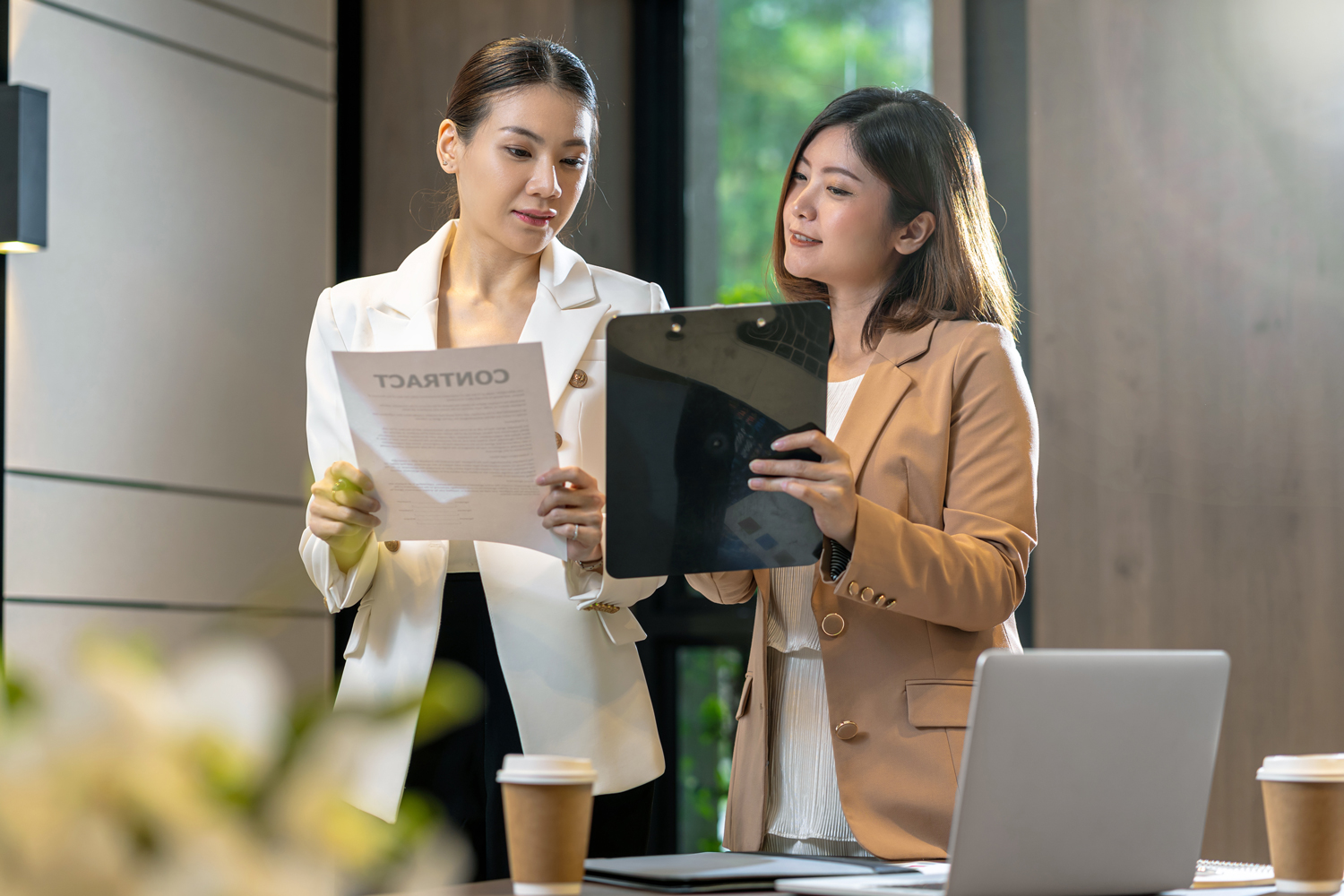SCALING THE GROWTH OF YOUR BUSINESS BEGINS WITH SCALING LEADERSHIP IN YOUR BUSINESS!
Ed Catmull the Co-founder of Pixar said this about Scaling a Business:
“Transforming any group’s performance is hard and certainly takes longer than we expect. The most difficult step is the first – transforming ourselves. Scaling Leadership is about transforming ourselves with a conscious desire to transform our organizations”.
Question to ask yourself: What is the impact of investing in the design and development of a Leadership Culture, on the long-term growth and scalability of your business?
To notice the impact of investing in a Leadership Culture let us take a moment to define these two areas of focus:
- Culture
- Leadership
At Awesome Journey we see culture as a Network of Conversations that a group of individuals are engaged in, built on a foundation of core values that influence those same individuals, to behave in ways that drive action to a set of clear outcomes.
A healthy culture is characterized by Intentional Conversations across all levels of an organization that builds trust. The foundation of the culture is built on a set of core values, and the company’s mission statement, that influences professionals throughout an organization to behave in ways that drives action to a set of clear outcomes.
WHAT IS AN UNHEALTHY OR LOW PERFORMING CULTURE?
An unhealthy or low performing culture is characterized by Background Conversations that erode trust, communication, and emotional safety within an organization. This can lead to disengagement throughout the organization, resulting in deadlines being missed along with poor execution of projects.
WHAT IS LEADERSHIP?
“Leadership is anyone who can choose in the moment to be in action or coordinate action with others to make a difference to support a future possibility.”
Therefore, organizations that are serious about designing and building a Leadership Culture are committed to fostering a series of conversations, that influences their people to generate action to support the organization’s desired outcomes.
At Awesome Journey, we see that the fundamental components of a Leadership Culture, begins with everyone in an organization being accountable to Leading Self which means that they have awareness of their relationship to Action. When everyone in the organization is aware of their relationship to Action, they are also aware when they are Stuck – no Action or when they are Reacting, therefore action will be slow. Leaders that are self aware of their relationship to Action, will know how to coordinate Action with others as a way to accelerate Action.
These five components allow a leader at any level or position in your organization to co-create with others.

Click to Enlarge

CASE STUDY
Interview with Cory and Nicole, Co-CEO’s of AltaML
Why did you see the need to invest in Leadership Coaching (one-on-one and group coaching) for your Senior Leaders?
We saw a couple of reasons to invest in Leadership Coaching. First, we wanted to create a culture of accountability across the company. We identified this as a gap early on and felt it was important to address how our leaders show up for the organization.
Future – What results/impact are you seeing from building a Leadership Culture in your organization?
One of the first results we saw was the creation of a common language across the Leadership Team. This has supported our ability to coordinate action across the organization. We have also seen an increase in tough conversations with one another. We are now addressing and resolving issues in generative ways, focusing on the matter at hand, and getting to a shared commitment.
- The Ladder of Inference: everyone now has the tools and context to determine if they have gone up the “Ladder of Inference” vs. “Focusing on What’s so” (the data we have to support what action we need to take). We can more readily challenge each other.
- Being Complete: when a team member says they are incomplete with a conversation or a team member, everyone is on board to resolve it.
- Breakdown to Breakthrough: now when a breakdown occurs (a mistake/failure/disappointment) team members are taking responsibility and asking better questions – What so, what is missing and what is next.
- Accountability: we have improved our commitments to each other and everyone on the team feels confident holding their colleagues accountable. When team members are not honouring their word, they are having a conversation to address the issue and the impact.
Witnessing the growth of our team and seeing their capacity to lead both themselves and others has been remarkable.
How do you see a leadership culture impacting your Strategic Growth Plan of your organization and the Vision?
The increased level of participation and communication taking place has increased accountability, clarity and alignment of our strategic plan. As a result, we are seeing more enrollment into our vision.
As it relates to organizational agility, what are you noticing differently about your leaders now that they are engaged in leadership coaching?
The team is more aware of their individual blind spots and has a willingness and commitment to work on them. This has resulted in a noticeable shift in both workability and performance throughout the organization.
What are you noticing about your leader’s ability to be with change to support the future growth of AltaML?
The relationship to change has shifted. Individuals are asking more questions, are receptive to both giving and receiving feedback, along with asking for and being open to support. Those in the one-on-one coaching curriculum are moving even faster.
What is one experience you have gained personally from the coaching to support the organization’s success to date?
I have been able to shift how I respond to challenges and generate results through increased communication. I find that I’m dealing with issues as they arise, taking ownership and holding my team accountable to their commitments.
Any final thoughts about the importance of building a leadership culture?
Every organization is out to attract and onboard great people. That is a given. We believe the right leadership development supports team cohesion and is fundamental to building a strong culture.
The coaching program has given us the confidence that we can scale our business because we have given our team the tools, they need to achieve our strategic plan.
AWESOME JOURNEY CHALLENGE
Notice where people are being “Self-Leaders” by their contributions that they are making to the success & growth of the organization in the following areas:
- Team Excellence
- Future Excellence
- Operational Excellence
- Financial Excellence
- Service Excellence
References
- The Challenge of Leadership by Jeffrey D. Ford Ph.D. and Laurie W. Ford Ph.D.
- Organizational Change As Shifting Conversations by Jeffrey D. Ford Ph.D. and Laurie W. Ford Ph.D.
- A New Model of Leadership Performance in Health Care by Wiley Souba, MD, ScD, MBA
- Integrity: Without It Nothing Works by Michael C. Jensen
- Working Paper #1 – Leadership Intelligence – Awareness by Tony Zampella
- Working Paper #2 – Leadership Intelligence – Trust by Tony Zampella
- Working Paper #3 – Stuck to Action by Tony Zampella














